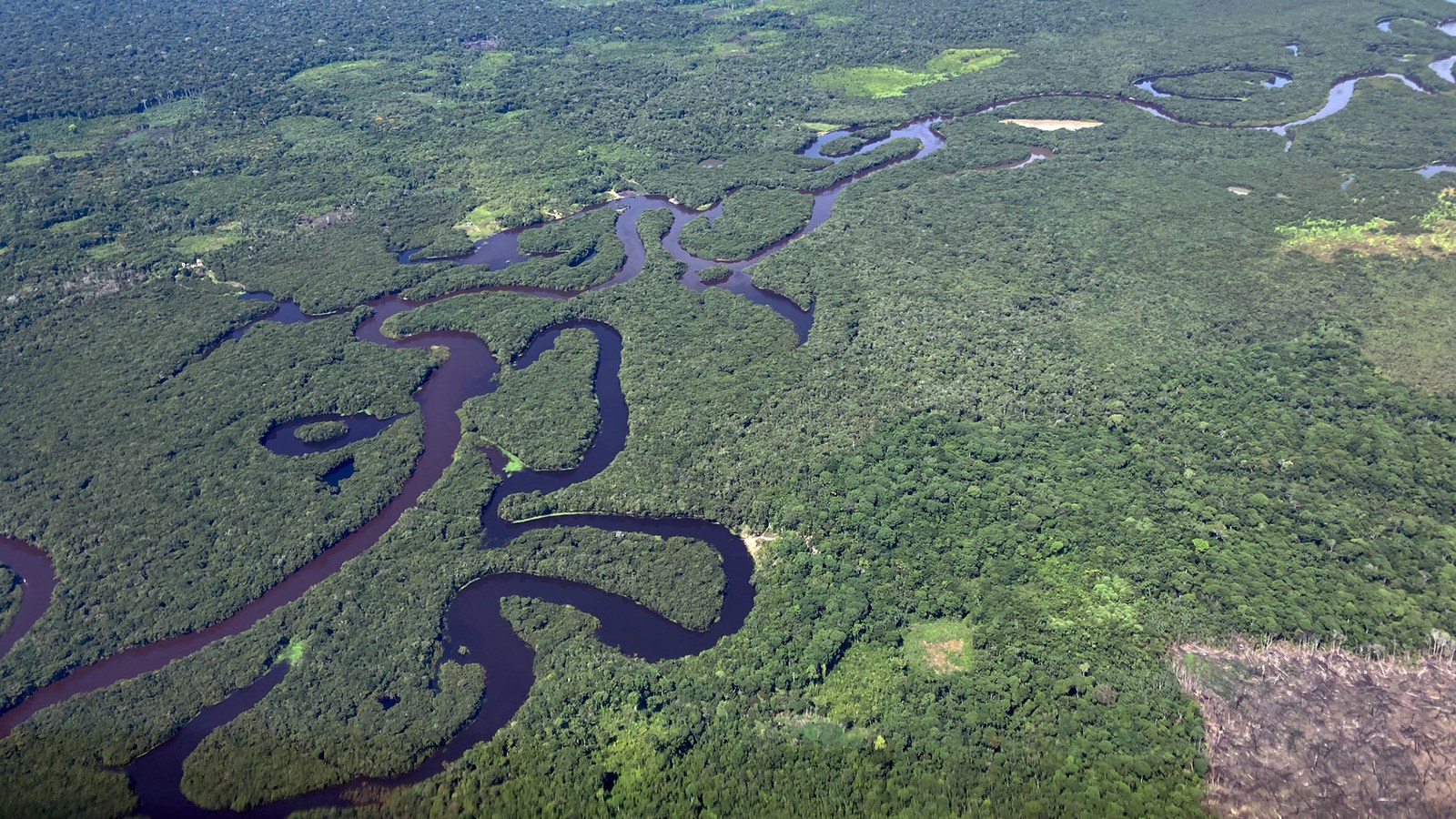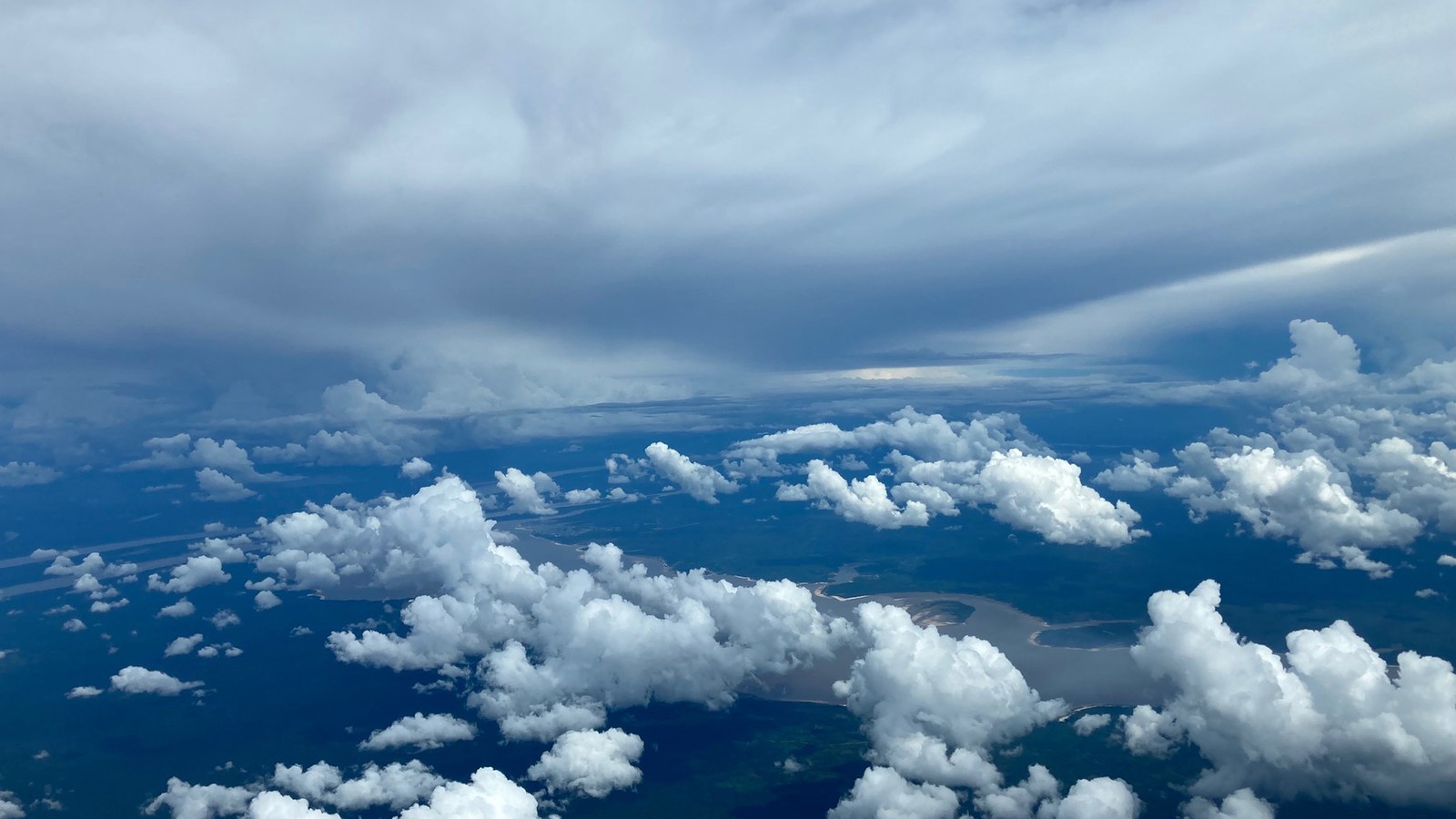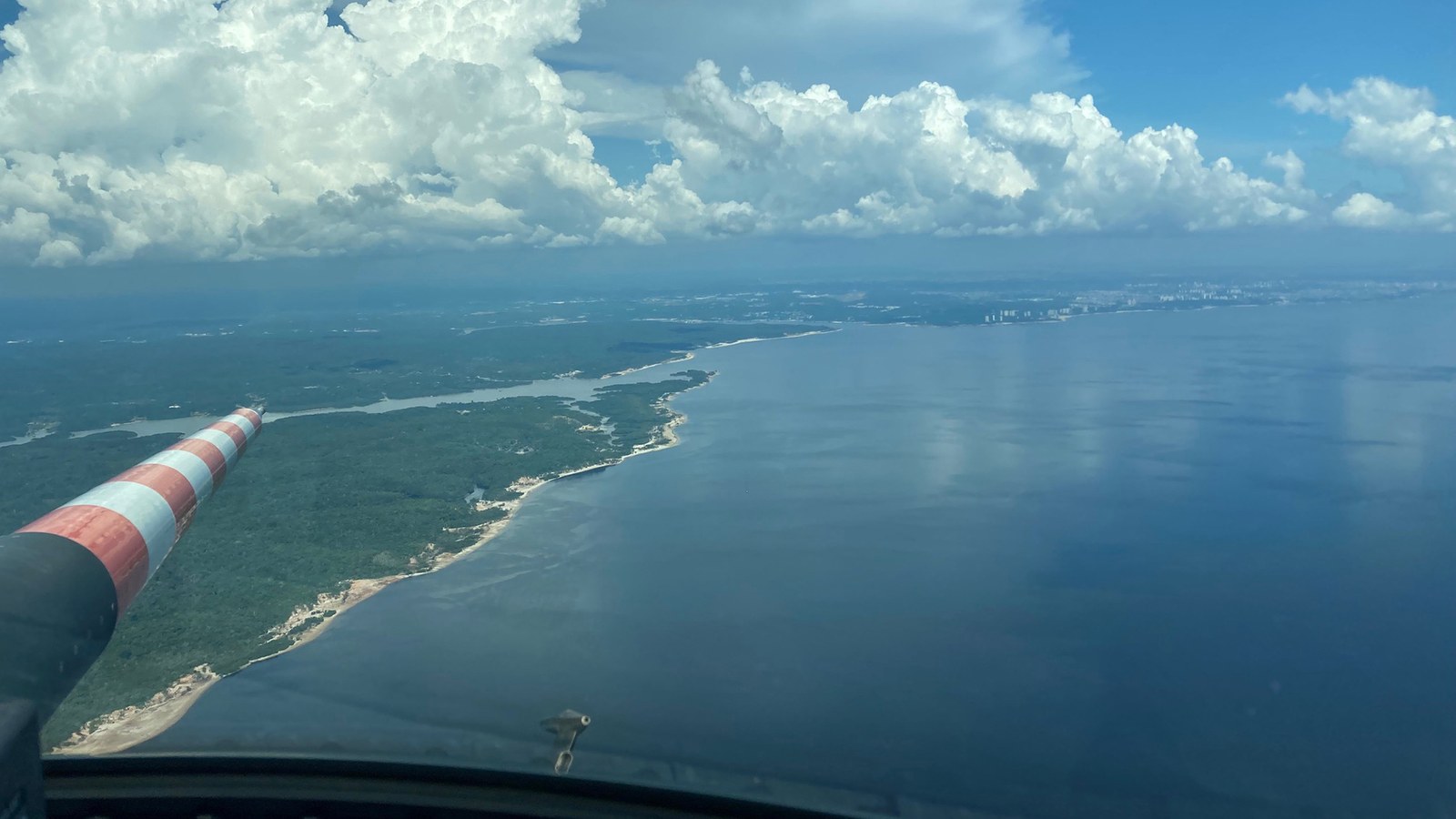The life of a DLR pilot: a combination of campaign assignments and regular day-to-day tasks
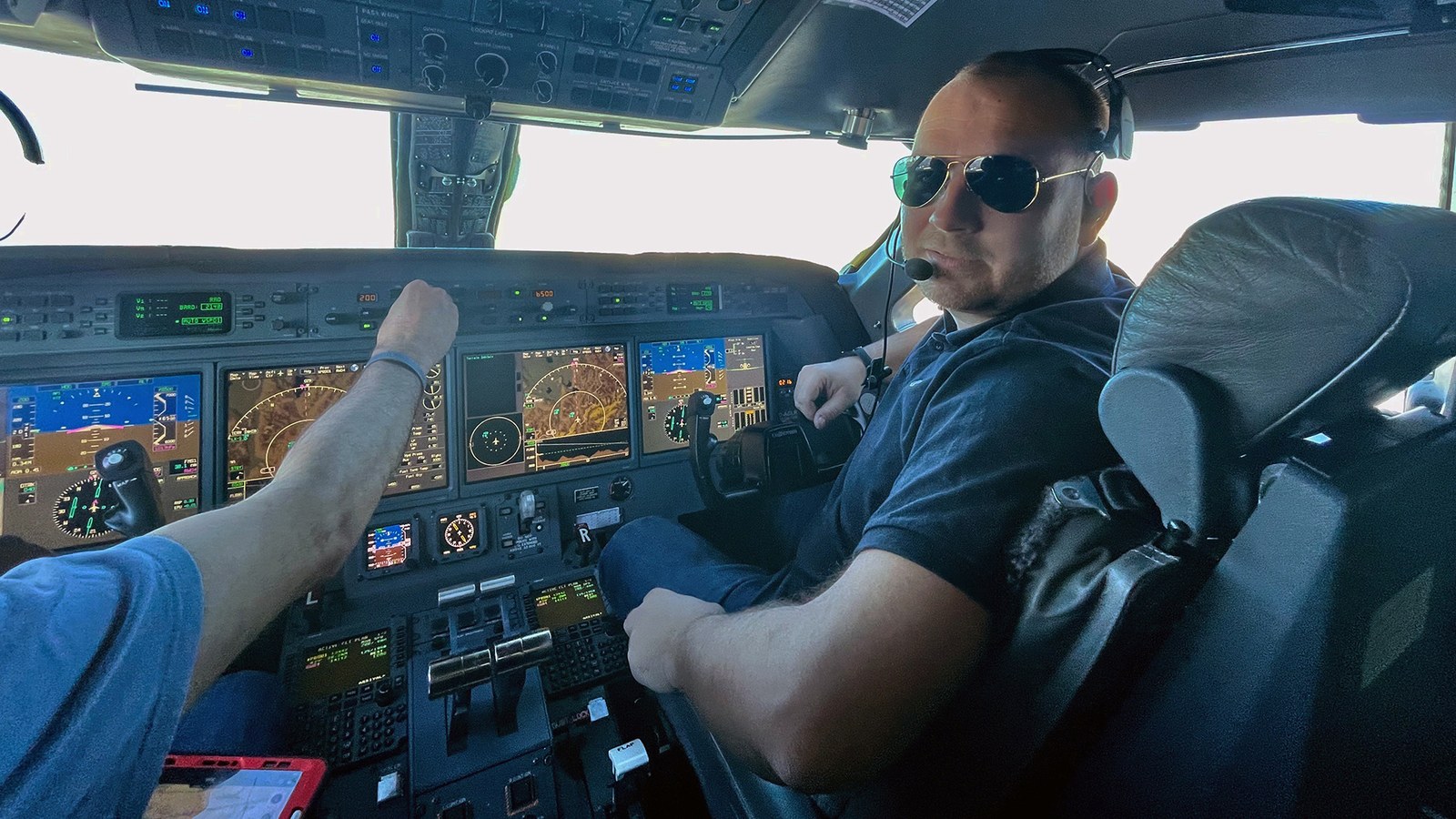
You spent 12 days in Manaus, Brazil, as the pilot on measurement flights. As a pilot, what impressions do you gather from such a mission?
It’s difficult to picture it: from the flight deck, you see nothing but the vast rainforest, with only treetops and little rivers stretching out across hundreds of kilometres. Then wider rivers start appearing, where there’s a lot more going on, and then all of a sudden, you start seeing little villages. Everything branches out from around the Amazon and the Rio Negro, so you get a completely different landscape there.
It’s an incredible sight.
Does the location where you’re based – in this case, Brazil – make a difference to your work?
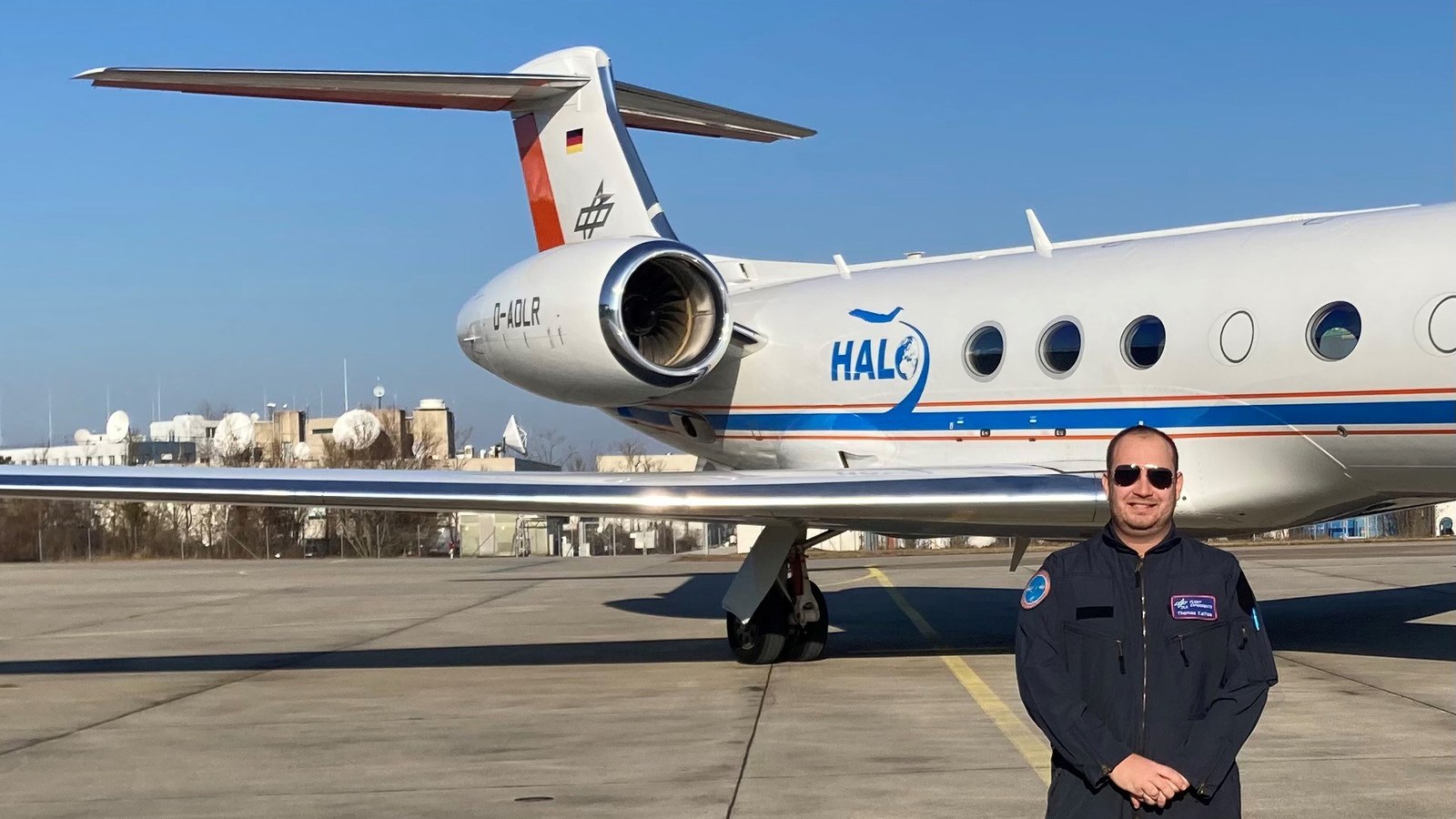
Brazil’s infrastructure is something else, especially compared to my last campaign in Canada, which is very similar to Europe. Manaus is a completely different story. The drive to the airport alone is a bit of an adventure – there’s a lot of traffic, and the roads are in very poor condition. Brazilian airspace is also controlled by the military, so we contact them via a Brazilian scientist who joins our team. We plan our flights with the Brazilian scientist, who relays our plans to the military. We‘re only informed at relatively short notice whether we can go ahead as hoped or not. There’s also the fact that very few people speak English on site, so we often use an online translation tool to communicate. Because we fly in a specific way – without fixed routes, constantly changing altitude – and sometimes we want to switch to a different route. This means that during the flight we have to keep explaining to the air traffic controllers what we’re doing and ask a lot of questions. This is a completely different environment to which you have to adapt as a pilot.
What was this ‘special’ type of flight like during the CAFE-Brazil campaign? How were these research flights conducted?
The researchers wanted to measure things like the emission from thunderclouds and study thunderstorm formation in general. Unlike scheduled flights, where you fly a fixed route from A to B, we fly within a defined area but can move more or less freely once we're there, in consultation with the air traffic controllers. We selected thunderstorms at different stages – when they were still very small, but also towards the end. The outflow area of the thunderstorm isn’t overly turbulent, so flying there is fine. But there is too much turbulence within the storm itself. To address this, we fly different, slightly staggered paths to 'scan’ the thunderstorm.
It’s important to consider the scientists’ wishes, but also the technical flight options as well as safety. How do the pilots and the research team reconcile these things?
The day before the flight, we sit down together with the team of researchers and plan. During the flight, we are in constant contact with the principal investigator for the mission and the researcher on board, who is in charge of communicating with us. Most members of the scientific team remain on the ground. Ideally, they’d like to control us remotely via the principal investigator. Ultimately, however, we are the ones who decide what’s feasible and what is not. When we arrive at the weather phenomenon, we have to adapt to the circumstances that arise. So, the scientific team comes up with a rough plan, but the details are down to us as pilots. We have to explain to the scientists as clearly as possible what is actually feasible, often under time pressure.
At university, you studied aerospace engineering with a focus on aircraft construction. How did you end up becoming a pilot at DLR?
I always wanted to do both: get a degree and train as a pilot. After graduating, I did my pilot training with an airline and flew for them on scheduled services. They were mainly short-haul flights, so I saw lots of cities and all of Europe from above. When I finally heard that DLR was looking for a pilot, I knew it was an amazing opportunity for me to be able to combine my studies with my pilot training. Another advantage was that working at DLR made life a lot more predictable because DLR plans its campaigns well in advance. That’s a lot better for your social life! I fly HALO two to three times a year and I fly small aircraft a few other times. Otherwise, most of the flights are regional, taking off from here in Oberpfaffenhofen. Pilots are assigned to campaigns lasting between two and four weeks, which is nice and easy to plan.
What do you do when you're not flying on measurement flights for research campaigns?
DLR pilots are all hired as technical pilots, so having a degree is essential. At DLR, we don’t just conduct measurement flights for campaigns; we also conduct certification flights, workshop flights and test flights. As DLR’s aircraft are constantly being modified in Oberpfaffenhofen, they have to be re-approved repeatedly with the respective modifications, which involve flight tests.
I love the variety of travelling and leading a regular life in Oberpfaffenhofen. When we’re working on a campaign, we’re one big team. The entire team stays in the same hotel, eats together, plans together and forms a tight community for weeks at a stretch. By contrast, my work at DLR on certifying developments is essentially like having a normal office job, where you come to work at a normal time and drive home again in the afternoon.
You have a licence for the long-haul HALO aircraft and the DO 228. What do you have lined up over the coming weeks and months?
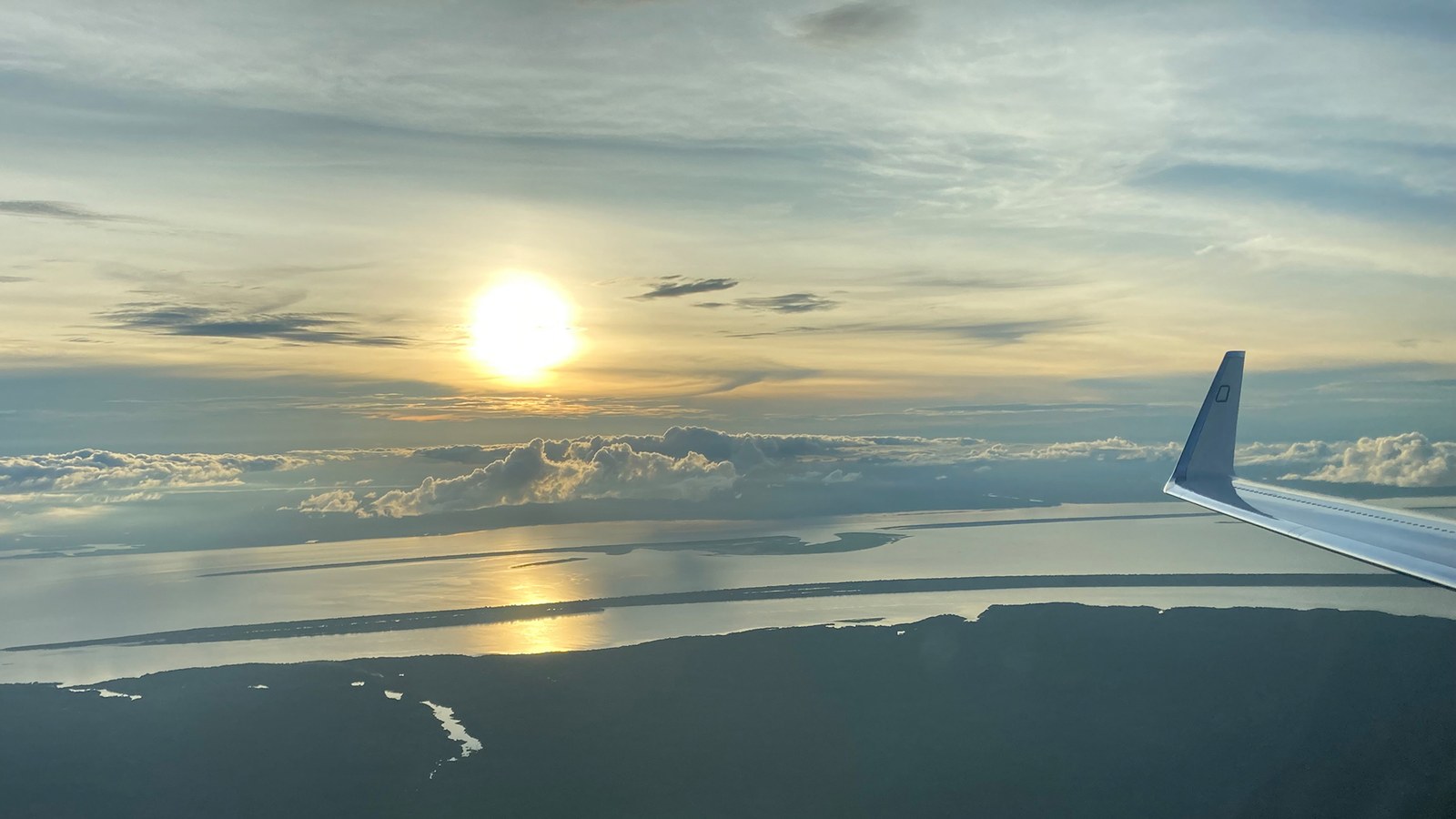
At the moment, I’m conducting some training flights with HALO, and some take-offs and landings, to keep up with my training. Next, we’ll be flying our DO 228 to Saarbrücken for servicing and maintenance, conduct a few test flights there and return to Oberpfaffenhofen. The next big thing on the horizon involves the DO again – I’ll be flying to Gabon in April for some measurement flights there.
Tags:

